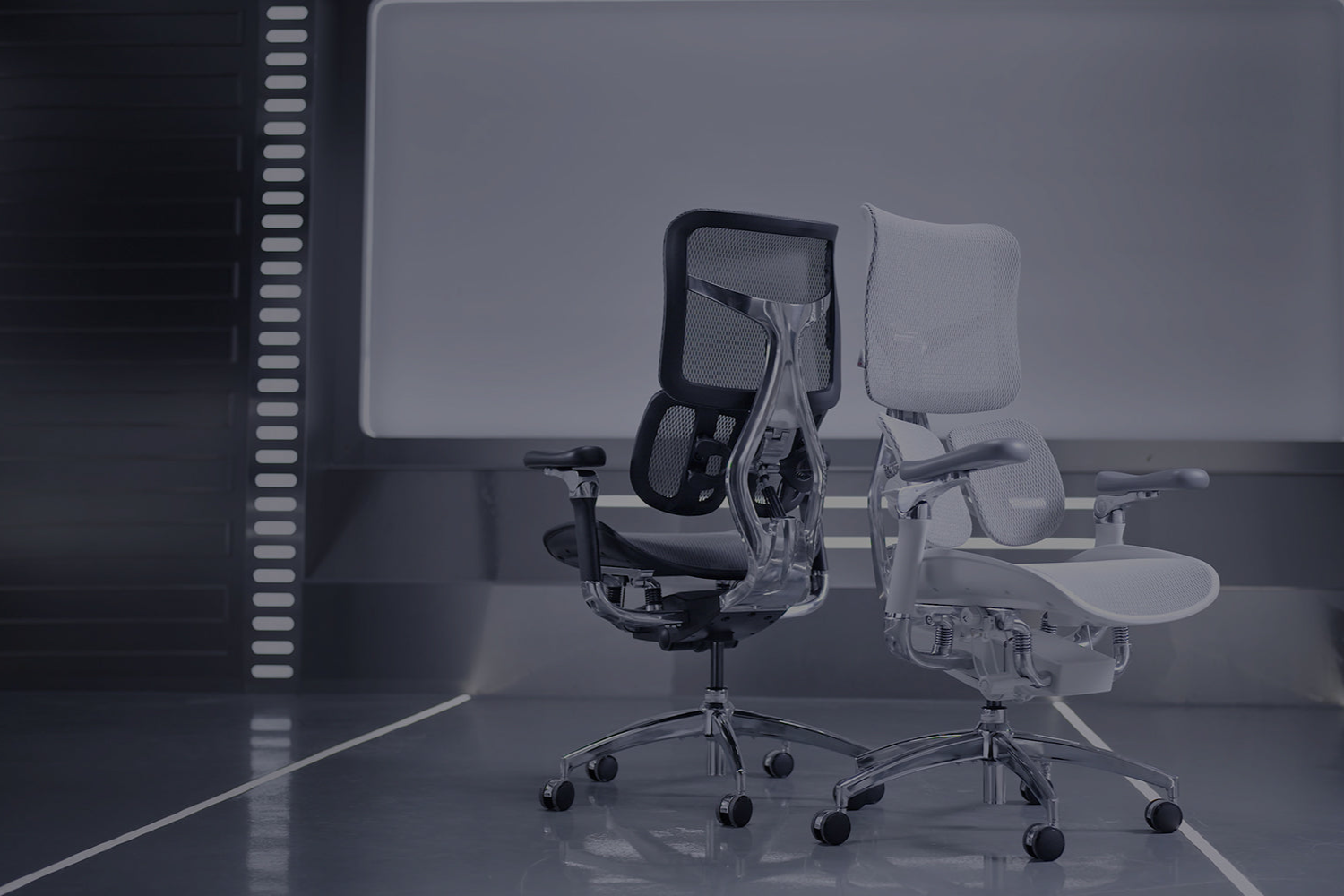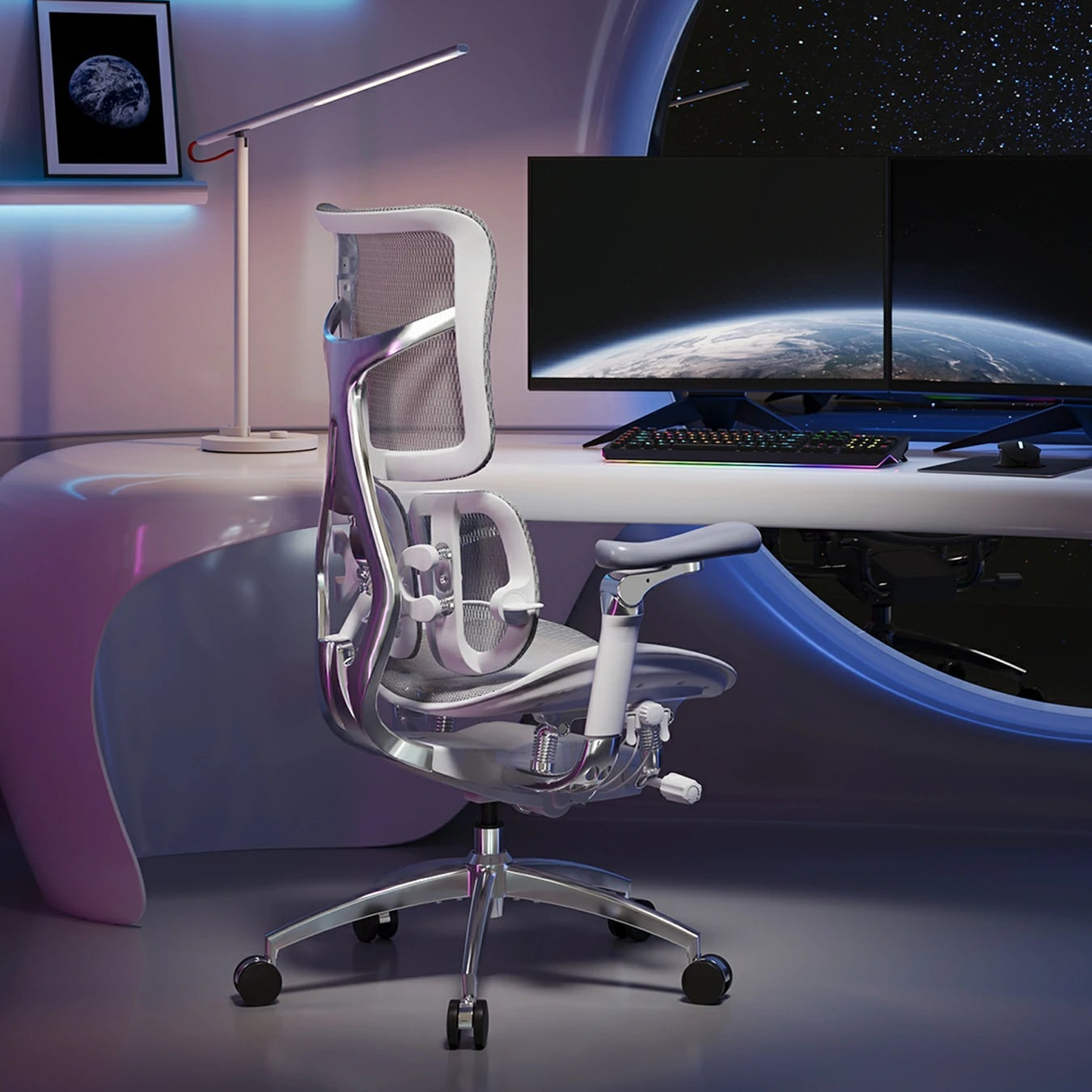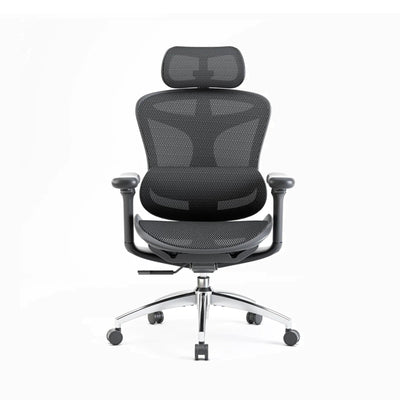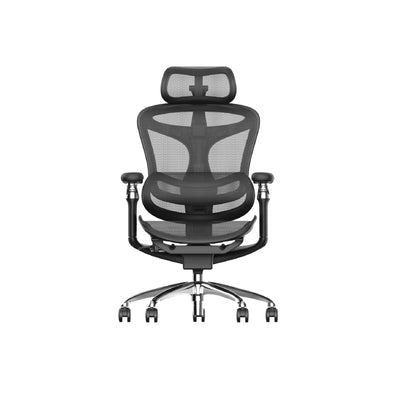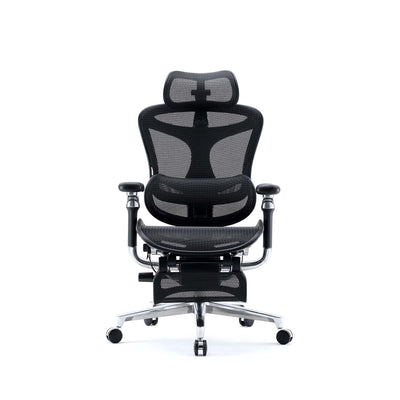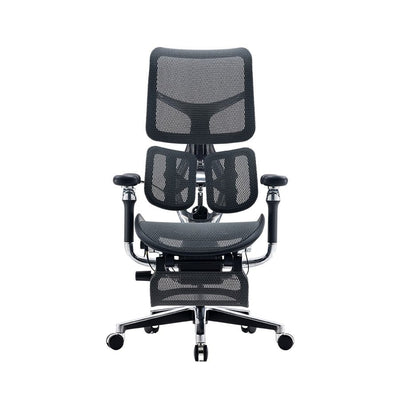
Every November, a shopping frenzy sweeps across the globe. Streets buzz with excitement, online carts overflow, and retailers slash prices like never before. But have you ever wondered why Black Friday is celebrated?
Beyond the glitter of discounts, it’s a cultural and economic phenomenon that’s reshaped how we shop, spend, and even think about value.
The Origins of Black Friday
The story of Black Friday began long before online sales and checkout countdowns. It started in the United States during the 1950s, the day after Thanksgiving. Retailers noticed a sudden surge in shopping as families prepared for Christmas.
Police officers in Philadelphia coined the term “Black Friday” to describe the chaos. Streets were packed, traffic was gridlocked, and stores overflowed with shoppers. At first, the phrase carried a negative tone — a nod to the exhausting crowds and unruly behaviour.
However, as years passed, businesses flipped the narrative. They redefined Black Friday as the moment when profits turned from red to black — a symbol of financial success. That clever spin changed everything.
Today, why Black Friday is celebrated goes far beyond sales; it’s a symbol of consumer optimism, a day that marks the unofficial start of the holiday season.
From Chaos to Culture
What began as a day of retail survival has evolved into a cultural event. It’s more than shopping — it’s a ritual of anticipation and discovery.
For many, it signals the joy of finding deals that once seemed unreachable. From new gadgets to fashion staples, people wait all year to grab that perfect buy.
Retailers, on the other hand, treat it as the year’s biggest performance. Weeks of preparation, precise timing, and creative marketing build the momentum that drives billions in sales.
Black Friday is a global event. It has become a universal language. Even countries without Thanksgiving now join the celebration, embracing the thrill of a global discount day. Australia, for instance, has fully embraced it. What once felt foreign is now a staple on every shopper’s calendar.
The Digital Revolution
In the digital age, Black Friday has transformed yet again. The rise of e-commerce shifted the chaos from storefronts to screens.
Online shopping made deals accessible to anyone, anywhere, anytime. No more queues or crowded car parks — just the soft glow of a laptop and the thrill of a click.
Retail giants expanded the concept further. “Cyber Monday” followed, blending seamlessly into week-long or even month-long promotions. The shopping season now stretches across November, making discounts part of a digital marathon rather than a one-day sprint.
This shift also gave smaller retailers a chance to shine. Independent brands can now compete globally, offering unique products and personal touches that big-box stores often overlook.
It’s proof that the Black Friday spirit thrives both in stores and online.
How It Shapes Modern Shopping Habits
Black Friday has fundamentally changed how we approach shopping. It’s not just a day anymore; it’s a mindset that influences behaviour all year.
People now plan purchases strategically, waiting for November to make major investments. Whether it’s a new phone, home appliance, or office chair, many consumers delay spending until prices drop.
This shift has made shoppers more price-conscious and brand-savvy. They compare, research, and set alerts — ensuring every purchase feels like a win.
Retailers have adapted too. Instead of relying on spontaneous spending, they use data and analytics to understand customer desires. Every sale, every click, tells a story of evolving habits.
Black Friday’s influence also extends to product design and marketing. Brands create limited editions, bundle offers, and early access promotions to capture attention before competitors do.
And it works — millions now associate November with opportunity, excitement, and smart shopping.
The Psychology of the Sale
Behind the flashing banners and “50% off” signs lies something deeper — psychology. Black Friday taps into human emotions: urgency, scarcity, and reward.
When we see a countdown or low-stock alert, our brains react instantly. It’s not just about saving money; it’s about the thrill of beating the clock.
This emotional rush explains why some shoppers wake early or refresh pages obsessively. The experience feels rewarding, like winning a small, satisfying competition.
However, modern consumers are also more mindful. They balance excitement with intention, seeking real value rather than impulse buys. Many prefer long-lasting items that improve daily life — like a SIHOO Doro Series ergonomic chair that combines comfort, style, and support for long work hours.
This blend of excitement and practicality is what makes today’s Black Friday different. It’s not just about more — it’s about better.
Black Friday in Australia
Black Friday in Australia is relatively new, yet it has quickly taken root. It’s no longer just an American import; it’s a key date for Aussie retailers.
Local businesses have embraced it with unique twists — from early access deals to exclusive in-store experiences. Shoppers, in turn, have learned to navigate both local and global sales, finding value in diverse ways.
For Australians, Black Friday often signals the start of summer shopping. Whether upgrading tech, refreshing wardrobes, or revamping home offices, the day offers something for everyone.
And yes, the modern home office setup is a favourite category. Many Australians now use the day to invest in productivity essentials, such as an ergonomic office chair, blending comfort with function for hybrid work life.
The Social Side of Shopping
Shopping has always been social. In the Black Friday era, that aspect has only grown stronger.
Friends share deals through group chats. Influencers post live hauls. Families exchange wish lists days before the sales drop.
The experience extends beyond buying — it’s about connection. People bond over shared finds, compare steals, and celebrate small victories. Social media amplifies it all, turning shopping into entertainment.
Platforms like Instagram, TikTok, and YouTube have made Black Friday a global stage. Every unboxing or discount code adds to the collective excitement.
And while critics might dismiss it as consumerism, there’s no denying its power to bring people together.
Technology and Personalisation
Technology has redefined the shopping experience. Algorithms now tailor deals to each user’s preferences. Personalised recommendations appear before you even know you want them.
Artificial intelligence analyses patterns, predicting what shoppers might crave next. It’s no longer random luck — it’s precision marketing at its finest.
Virtual try-ons, chatbots, and augmented reality add new layers of convenience. The shopping journey feels smoother, smarter, and more personal than ever.
For modern consumers, that’s the magic of the new Black Friday: a blend of efficiency and excitement that fits seamlessly into digital lifestyles.
The Future of Black Friday
So, what’s next for this global shopping tradition? If history is any guide, evolution is certain.
Expect more sustainability-focused campaigns, smarter technology, and inclusive promotions that span beyond borders. Black Friday will continue adapting to cultural shifts and consumer expectations.
In the future, discounts may share the stage with experiences — think exclusive access, limited events, or loyalty-based rewards. The emotional connection will matter just as much as the price tag.
The day may even expand into new realities. Virtual showrooms, metaverse shopping, and immersive digital sales are already taking shape. The excitement will live on — just in more futuristic forms.
_________________________________________________________________________
Understanding why Black Friday is celebrated is like uncovering a mirror of modern culture. It’s about more than bargains. It’s about tradition, innovation, and human behaviour.
So, whether you’re eyeing the latest gadget, a timeless coat, or the perfect ergonomic chair in Australia, remember: Black Friday isn’t just about what you buy. It’s about how you buy — and how it shapes the story of modern living.

